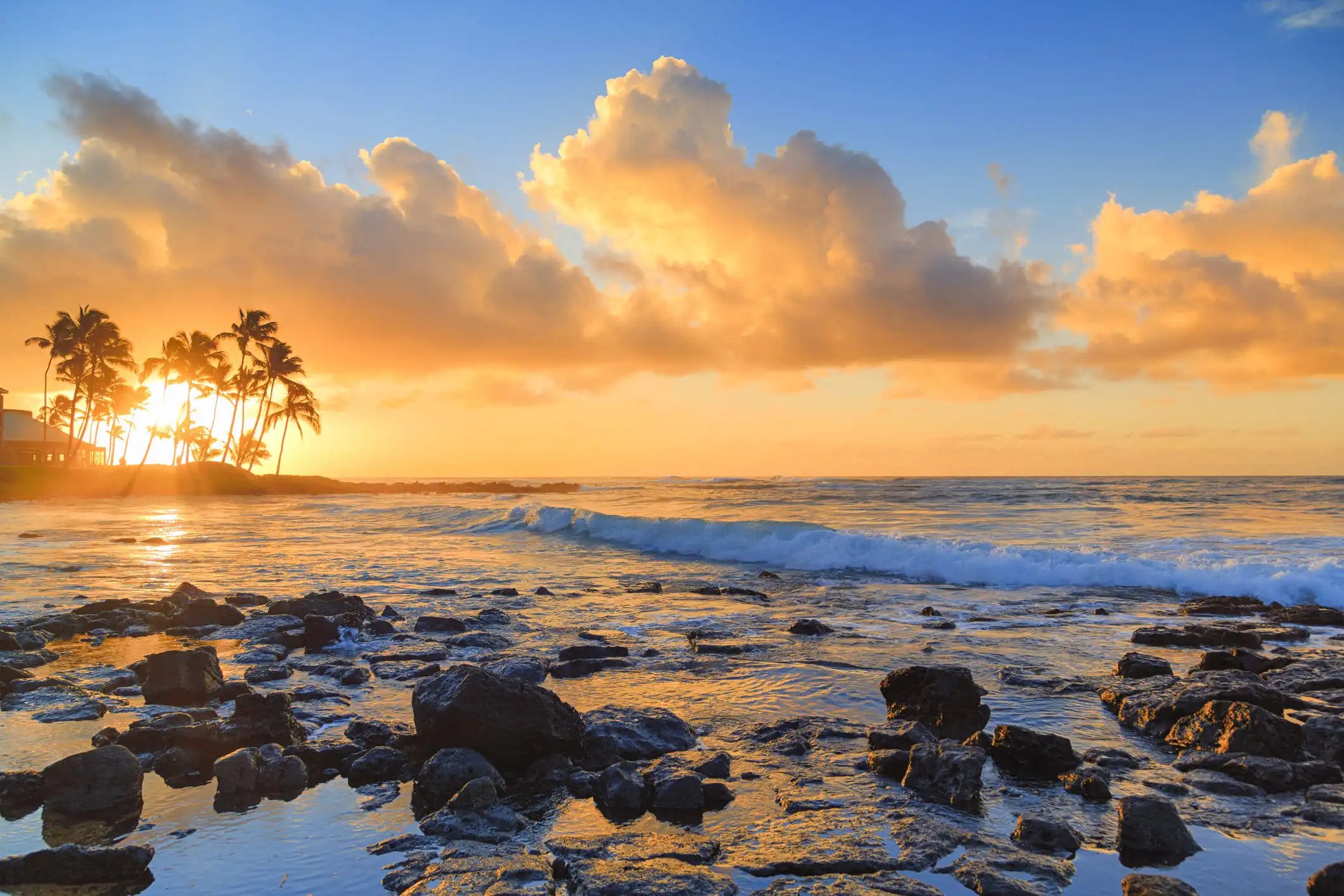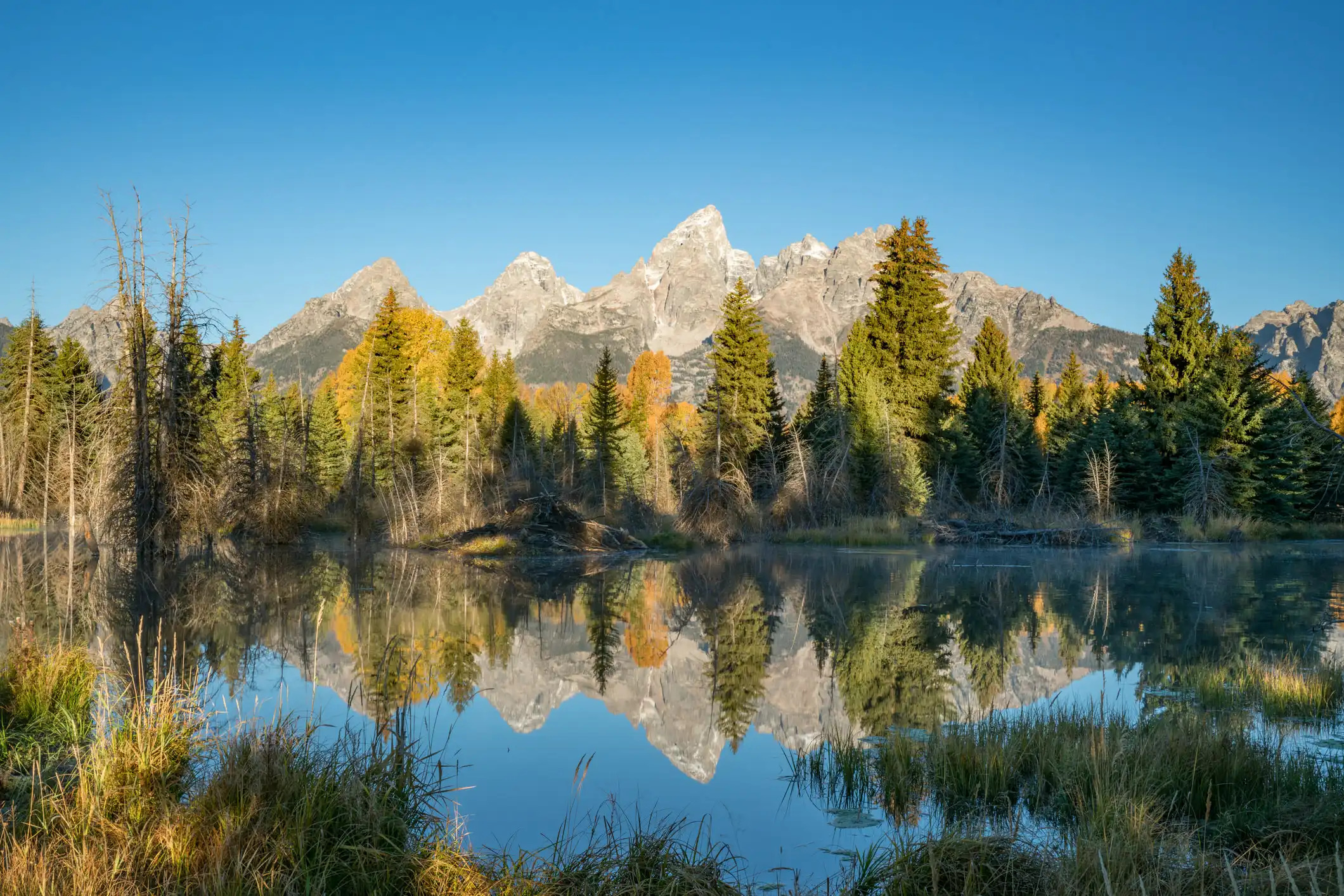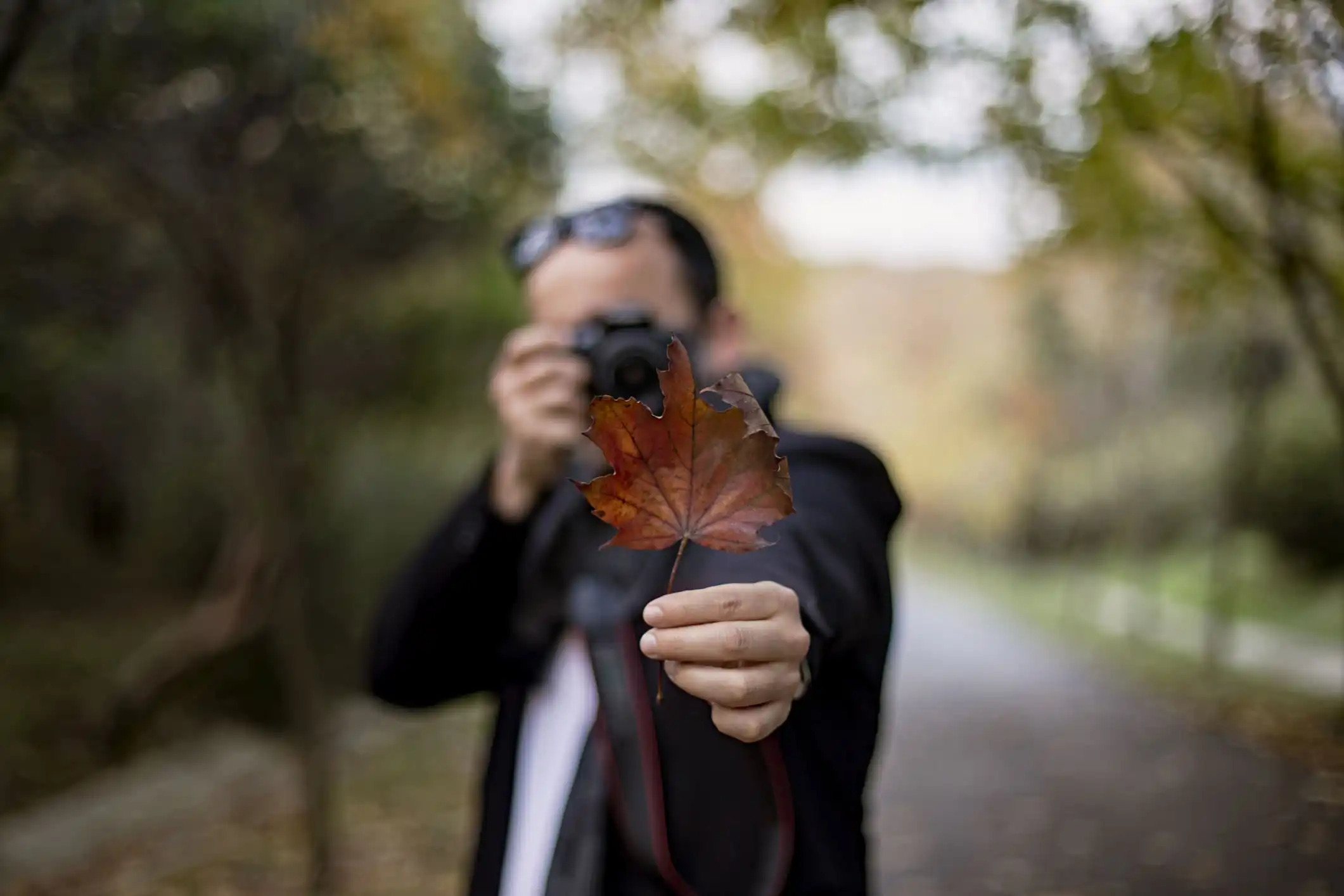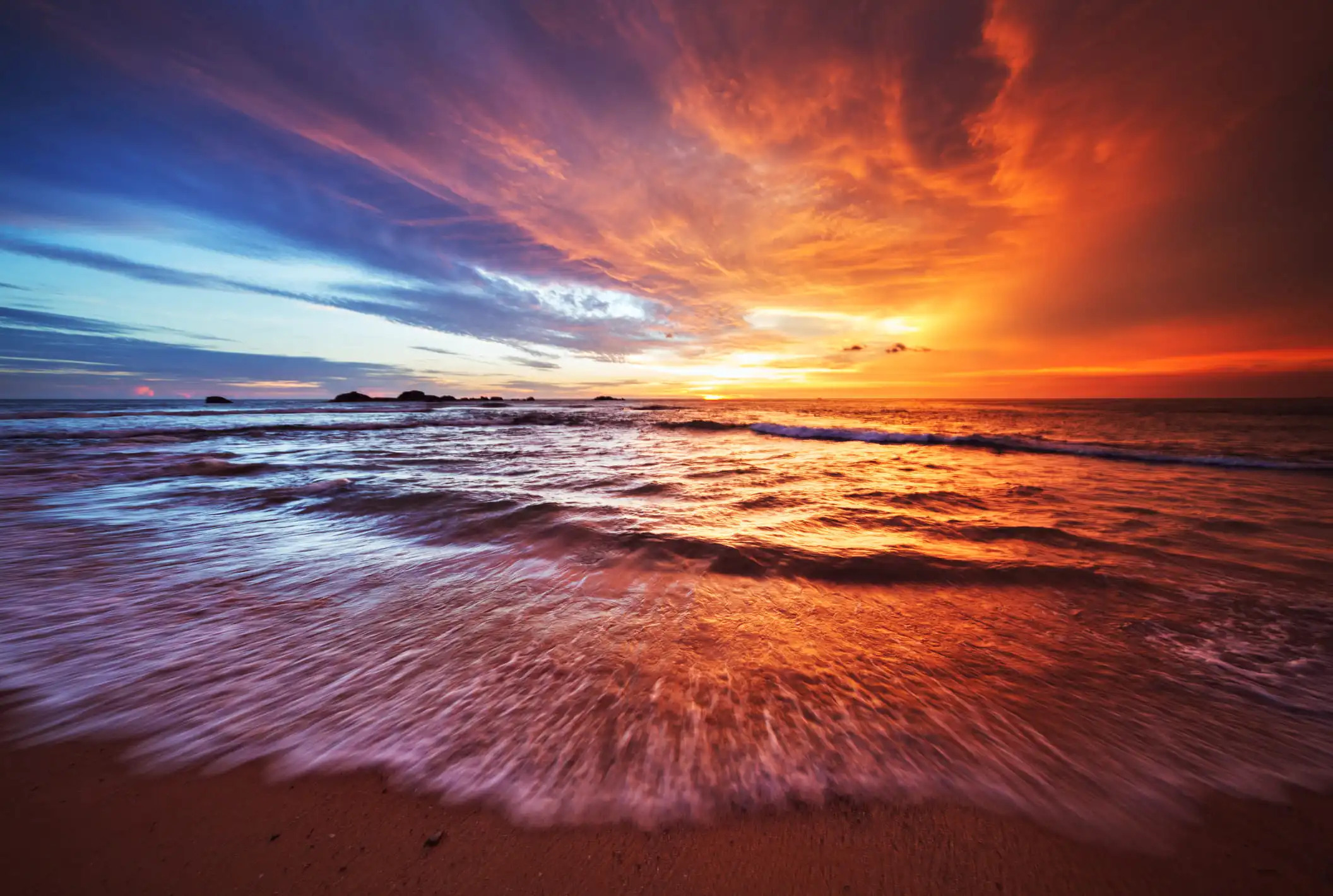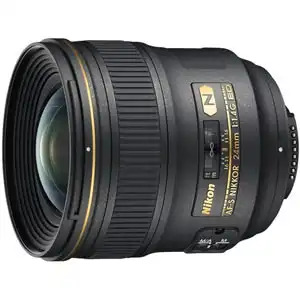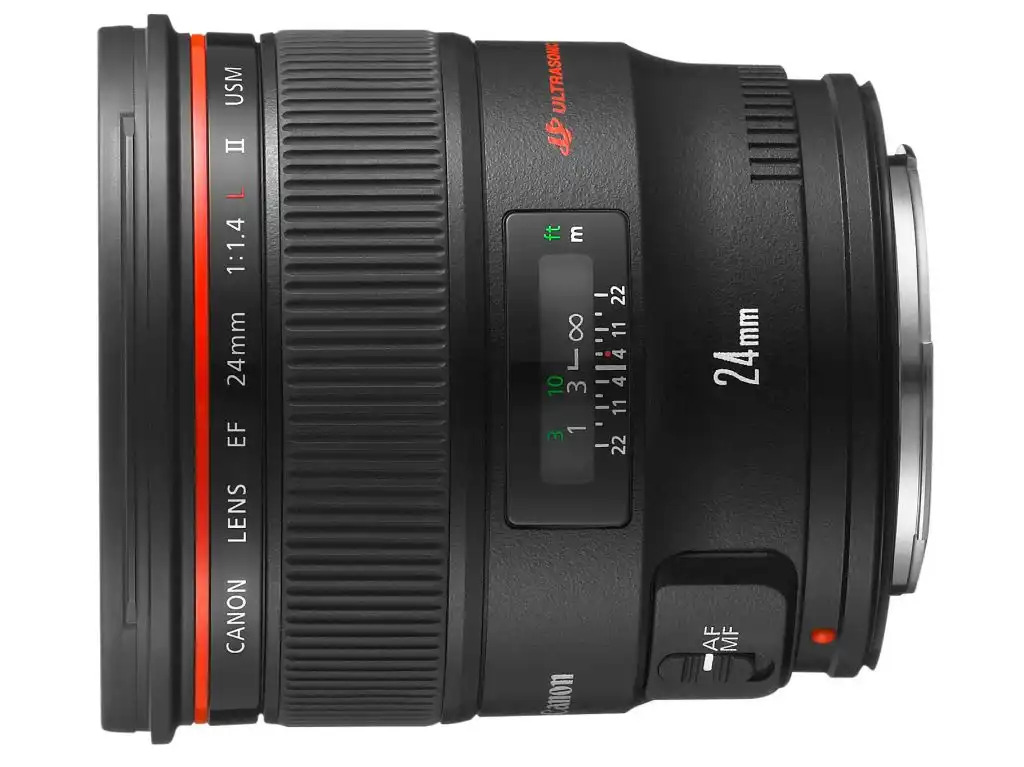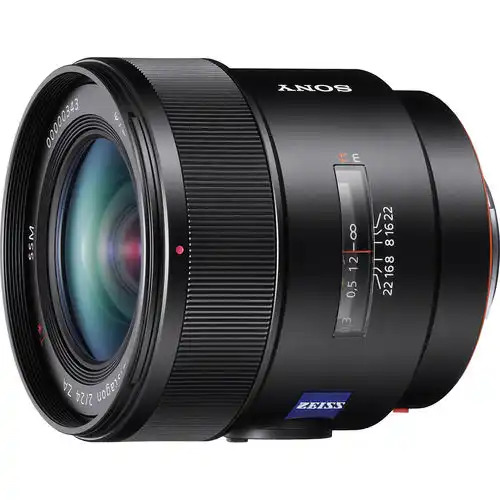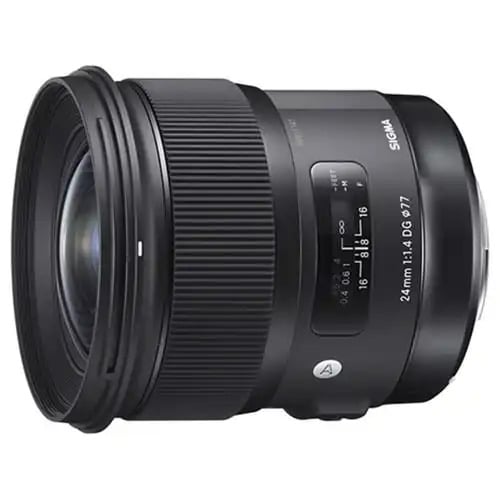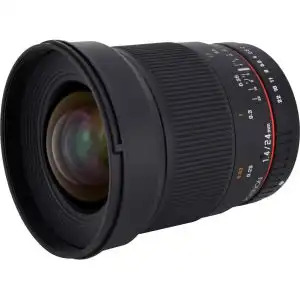Which streets have we missed? Let us know in the comments below.
1. Champs-Élysées, Paris
This tree-lined boulevard in Paris’s eighth arrondissement is often described as the “world’s most beautiful avenue”. It runs for just over a mile, linkng the Place de la Concorde with the Arc de Triomphe in Place Charles de Gaulle, passing through the Jardin de Champs-Élysées and its various museums and monuments, including the Grand Palais and Petit Palais. Completed in 1670, the avenue houses scores of luxury shops, cafes and theatres and is the venue for the final miles of the Tour de France cycling race and the Bastille Day military parade.
2. Ocean Drive, Miami
“Running along the ocean from the tip of South Beach to 15th Street, Ocean Drive is a bustling cacophony of Art Deco hotels glowing in neon and pastel, sidewalk cafés serving mojitos the size of fishbowls, and tourists clamouring for a taste of the South Beach good life,” says Telegraph Travel’s Miami expert, Shayne Benowitz. “Lummus Park buffers the ocean with volleyball courts, outdoor workout machines and a winding path with rollerbladers and joggers whizzing by. Here, you’ll also find the Versace Mansion, where the designer was murdered in cold blood in 1997. Taking a stroll along Ocean Drive, lapping up the spectacle, soaking up the sun and enjoying the sea breeze, is a must.”
3. Stradun, Dubrovnik
Despite the crowds, a walk down Stradun, the main thoroughfare in Dubrovnik's old town, is a must, especially if you're a fan of Game of Thrones (it's where Cersei Lannister takes her walk of penance).
“Most of the top attractions in Dubrovnik are concentrated in the car-free old town, within the medieval walls,” says Jane Foster, Telegraph Travel’s Dubrovnik expert. “Two monumental arched gates, Pile (to the west) and Ploče (to the east), serve as entrances to the old town, and they are joined by the main thoroughfare, Stradun (aka Placa). Off each side of Stradun lies a grid of narrow alleys (some involving steep stone steps), harbouring countless cafés, restaurants and apartments to rent.”
4. Nevsky Prospect, St Petersburg
“It’s possible to spend the entire day exploring this three-mile stretch of St Petersburg that was cut through thick woodland in 1718,” explains Marc Bennetts, Telegraph Travel’s St Petersburg expert. “From the Cathedral of Our Lady of Kazan, inspired by St Peter’s Basilica, to the countless cafés, bars and restaurants along the main drag, and just off it, Nevsky Prospekt is the centre of the city’s cultural and social life.”
5. Broadway and Times Square, New York
The 13-mile Manhattan stretch of this vast street, which also runs through the borough of Bronx for two miles, is home to Times Square, which took its name from The New York Times newspaper (it moved here in 1904, but has moved again since). In 1907 the New Year's Eve tradition, where a "ball" drops from the roof of the old Times building (now One Times Square), began, helping make the square a natural rallying location for New Yorkers (for victory parades, the mark World Series baseball successes, or protest presidential elections). It also, of the course, the city’s hub for theatre, cinema - and giant advertisements.
6. Unter den linden, Berlin
The sprawling boulevard in Berlin’s Mitte district stretches from the City Palace to the Brandeburg Gate. Paul Sullivan, our Berlin expert, says: “It's the city's take on the Champs-Elysée, taking in the chestnut trees and the run of shops, glamorous theatres and excellent museums along the way. It’s a very touristy spot, so for a bit of peace and quiet pop into the Room of Silence on the north side, built specifically for visitors to rest and reflect.”
7. Wenceslas Square, Prague
“The teeming Wenceslas Square is the place to gauge the city’s zeitgeist in the fashions of the up-and-coming and the wares on offer, which now run from classic smoked meats to organic vegetarian smoothies (don’t miss the vast book collection at Palác knih Luxor, Wenceslas Square 41),” says Telegraph Travel’s Prague expert, Will Tizard. “This main thoroughfare, topped by the National Museum and lined with fine Art Deco façades, showcases grimacing figures holding up balconies and the frozen-in-the-1920s Lucerna shopping passage.”
The best hotels in Prague
8. The Royal Mile, Edinburgh
The main street of the Scottish capital’s Old Town actually comprises several streets that link Edinburgh Castle and Holyrood Palace: Castlehill, Lawnmarket, High Street, Cannongate and Abbey Strand. “The distinctive crown spire of St Giles’ Cathedral marks the historic heart of The Royal Mile,” says Linda MacDonald, Telegraph Travel’s Edinburgh expert. “Despite the ponderous piers supporting the tower of the much-altered but essentially Gothic High Kirk of Edinburgh, the soaring interior of this ancient church is flooded with light.”
9. Via Dolorosa, Jerusalem
Jerusalem's most famous thoroughfare, Via Dolorosa - "Way of Sorrow" - is thought to be the route Jesus took, carrying his cross, before his crucifixion. Easter is a particularly busy time for pilgrim groups to walk the route, some with heavy wooden crucifixes in tow. The Stations of the Cross along the way - its start point is contested - mark points in Jesus' struggle: the second station, for example, in the Chapel of the Condemnation in the Franciscan Monastery, is where Jesus was handed his death sentence and beaten by Roman soldiers.
Note: The Foreign Office doesn't currently advise against visiting Jerusalem but warns tourists to exercise caution. See its website for full details.
10. La Rambla, Barcelona
Sally Davies, our Barcelona expert, writes: "The city's most famous street is a mile-long avenue that begins at the Columbus Monument in front of the port, and ends at the Plaça Catalunya. Recent legislation means that the stalls of caged animals and birds have been (thankfully) replaced with upmarket souvenirs and tourist information points, but the colourful flower stalls remain, as does Miró's pavement mosaic, halfway up. Dotted along the boulevard are the wax and erotic museums, the Palau de la Virreina information centre and exhibition space and, of course, the wonderful Boqueria food market. La Rambla takes on a very different character in winter and first thing in the morning, which is my favourite time to walk it."
11. The Shambles, York
For full atmospheric effect, approach York's greatest building - The Minster - via The Shambles, an ancient cobbled street mentioned in the Domesday Book where the upper stories of the 14th-century timber houses lean out, almost to within touching distance.
12. Hollywood Road, Hong Kong
"While Nathan Road in the Kowloon neighbourhood might be an obvious one to visit, Hollywood Road - where you’ll find the Man Mo temple and a host of antiques shops - is far more interesting," says Telegraph Travel’s Teresa Machan.
Fionnuala McHugh, Telegraph Travel’s Hong Kong expert, adds: "Visitors to Hong Kong tend to come here as their single temple excursion, partly because it is convenient to Central and partly because it is so atmospheric inside. The temple has been here since 1847, and is where the Tung Wah Group of Hospitals, which runs it, still hold Autumn Sacrificial Rites every year for Hong Kong’s continuing prosperity. I like popping in during the quieter afternoons, pausing for a serene, fragrant moment, and watching the ash drop to the stone floor while locals make offerings."
13. Gurney Drive, Malaysia
The seafront promenade in Penang offers some of the best street food in all of Asia, with countless stalls at the Gurney Drive Hawker Centre that have been operating from the Seventies.
The perfect Malaysia beach and self-drive tour
14. The Dark Hedges, Northern Ireland
Northern Ireland's most photogenic country road, flanked by gloriously gnarled beech trees, provides the otherworldly backdrop for King's Road, a key route through the fictional world of Westeros in the Game of Thrones television series.
15. Bourbon Street, New Orleans
“The standard itinerary for most first-time visitors to New Orleans - where its well known jazz festival is played out - includes locating the French Quarter, walking down Bourbon Street and ordering a neon-coloured cocktail,” says Telegraph Travel's Adam Karlin. “Set in the centre of the city’s oldest neighbourhood, the street extends for around 13 blocks from Canal to Esplanade Avenue and forms the main base for the city’s annual Mardi Gras festivities.”
16. Portobello Road, London
London has countless streets worth exploring, from the cobbles of Middle Temple Lane to the wide expanse of The Mall.
But we're plumping Portobello Road, home to one of the capital’s most famous markets, which flogs vintage clothes and antiques and dates back to 1740. “You can visit the travel bookshop of the character played by actor Hugh Grant in the film Notting Hill - it's actually a shoe shop on Portobello Road. Just around the corner on Blenheim Crescent you’ll find the real life Travel Bookshop, which was the inspiration behind the one in the movie,” says Sally Peck, Telegraph Travel’s family travel editor.
17. Beale Street, Memphis
Memphis is a crucible of American myth and tragedy. The city itself, though comparatively small, punches above its weight in terms of attractions and cachet. The bars of Beale Street may be a pale imitation of what they were when a teenage Elvis hung out here, but they still rock every night. The King, of course, is credited with giving birth to rock and roll, when he recorded That’s All Right, Mama in Sun Studio (now a museum) in Memphis in 1954, and his former home at Graceland has become a site of secular pilgrimage.
18. The Royal Crescent and The Circus, Bath
“Built by John Wood the Younger from 1767 to 1775, when it overlooked fields, Bath’s most singularly impressive piece of architecture is, in fact, a half-ellipse, not a crescent,” says Fred Mawer, our Bath expert. “Its 30 houses are now mostly divided up into apartments – John Cleese owns one. Conjure up a reason (afternoon tea?) to pop in to The Royal Crescent Hotel for a snoop. Also have a look around No 1 Royal Crescent (no1royalcrescent.org.uk). Maintained by the Bath Preservation Trust, it is furnished in period style, and a major restoration project has reunited it with its original service wing.
“Encircling vast plane trees, the Circus is Bath’s other must-see Georgian masterpiece – note the carved motifs, some of them Masonic, on the houses’ facades.”
19. Khao San Road, Bangkok
Beautiful it is not, but every trip to Bangkok should include a stroll down the city's hectic backpacker thoroughfare. It will make visits to the city's temples - or escapes to Thailand's islands - even more rewarding.
20. Haight-Ashbury, San Francisco
The intersection of Haight and Ashbury streets in San Francisco forms this historic district - known as the birthplace of hippie culture. The area is also known for its "painted ladies" - a collection of nearly 48,000 Victorian and Edwardian houses painting in bright colours.
San Francisco has a couple of curiosities too. Dubbed the "most crooked street in the world", Lombard Street features a series of crazy switchbacks, and has appeared in several films, such as Vertigo and Bullitt. The zig-zag design was introduced in 1922 to help reduce the road's natural 27 per cent slope. Filbert and 22nd Streets, meanwhile, are among the steepest in the world (31.5 per cent).
An aerial view of Lombard Street CREDIT: ALAMY
21. Baldwin Street, Dunedin
While we're on the subject of steepness, we ought to mention Baldwin Street, the world’s steepest residential road, according to Guinness World Records. It lies a couple of miles northeast of Dunedin’s city centre and is 350 metres long, rising from 30m to 100m above sea level. That amounts to an average gradient of 1:5, or 20 per cent. The upper half is far steeper, however, with an average slope of 1:3.41 and a maximum of 1:2.86, or 35 per cent. Its steepness was unintentional. The city’s streets were laid out in a grid pattern by planners in London with no consideration for the terrain.
22. South Congress Avenue, Austin
This street in Austin, often dubbed America’s "coolest" city, features a host of hip hotels, trendy restaurants, food trucks, thrift stores, cowboy boot shops and design boutiques.
23. Shijo Avenue, Kyoto
This long, narrow, pedestrianised riverside walk in Kyoto's Gion district is where you're likely to see geisha scuttling to work at dusk.
24. Route 66
The longest road on our list, Route 66 stretches from Chicago to San Francisco. Chris Moss writes: "In the Forties and Fifties, Route 66 was sometimes dubbed 'America’s Main Street', passing through many small towns in the Midwest and Southwest. Although the original trunk road was decommissioned in 1984, Historic Route 66 preserves much of the old atmosphere. Route 66 is also a tick-list of famous topographies, including downtown Chicago, St Louis, the Grand Canyon and Santa Monica beach. Stop off at classy, cult and kitsch hotels and restaurants, including the Ariston Café in Litchfield, Illinois, said to be the oldest on the route; ultra-retro Munger Moss Motel in Lebanon, Missouri; Hollywood favourite the El Rancho Hotel in Gallup, New Mexico and beautiful La Posada Hotel in Winslow, Arizona."
25. Spreuerhofstraße, Reutlingen, Germany
And the tiniest. Measuring around 31 centimetres at its narrowest point, and 50 centimetres at its widest, Spreuerhofstraße is said to be the world’s narrowest street. Set in Reutlingen in south-west Germany, it was built in 1727 after the surrounding area was demolished by a fire in 1726.








